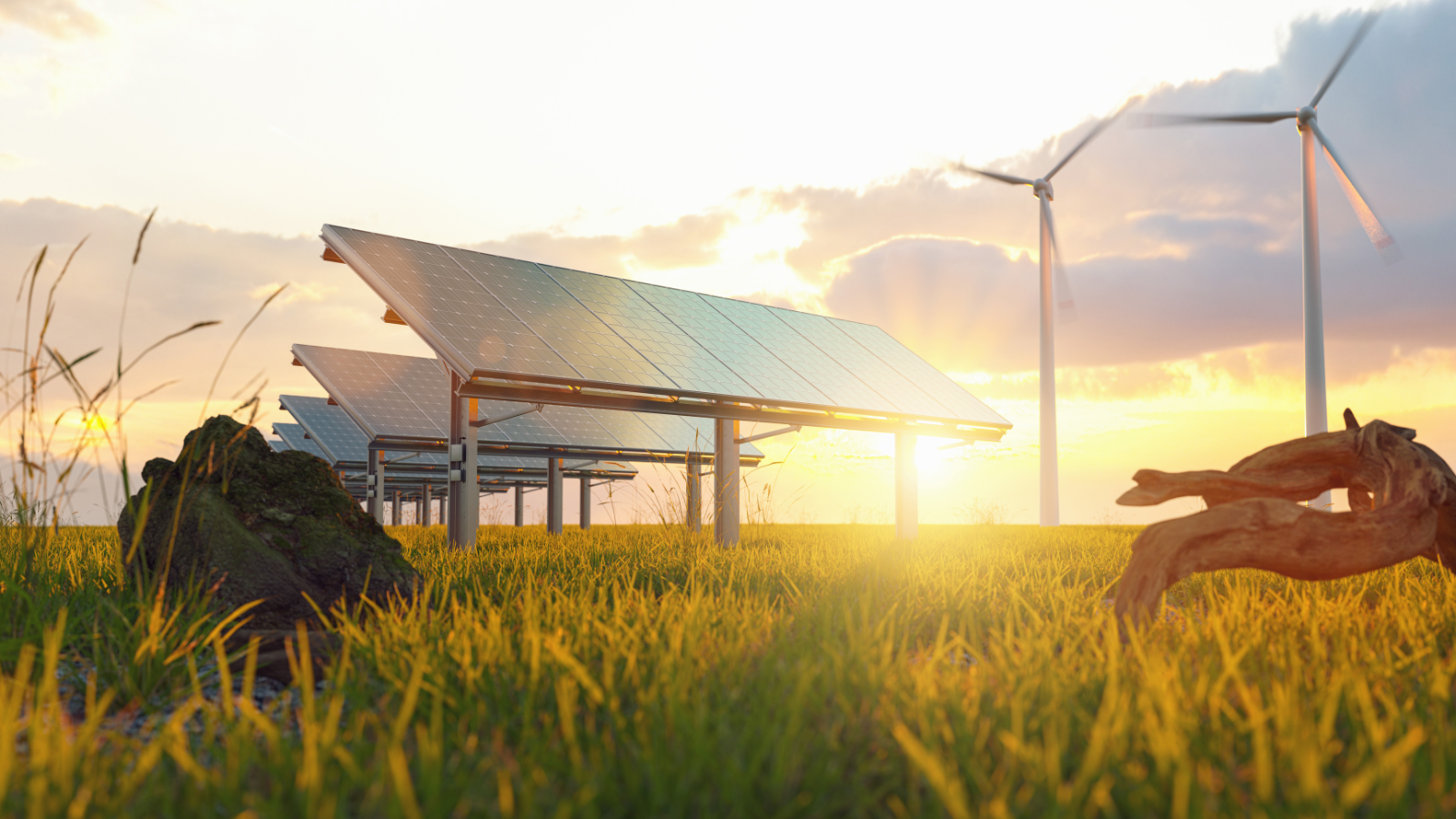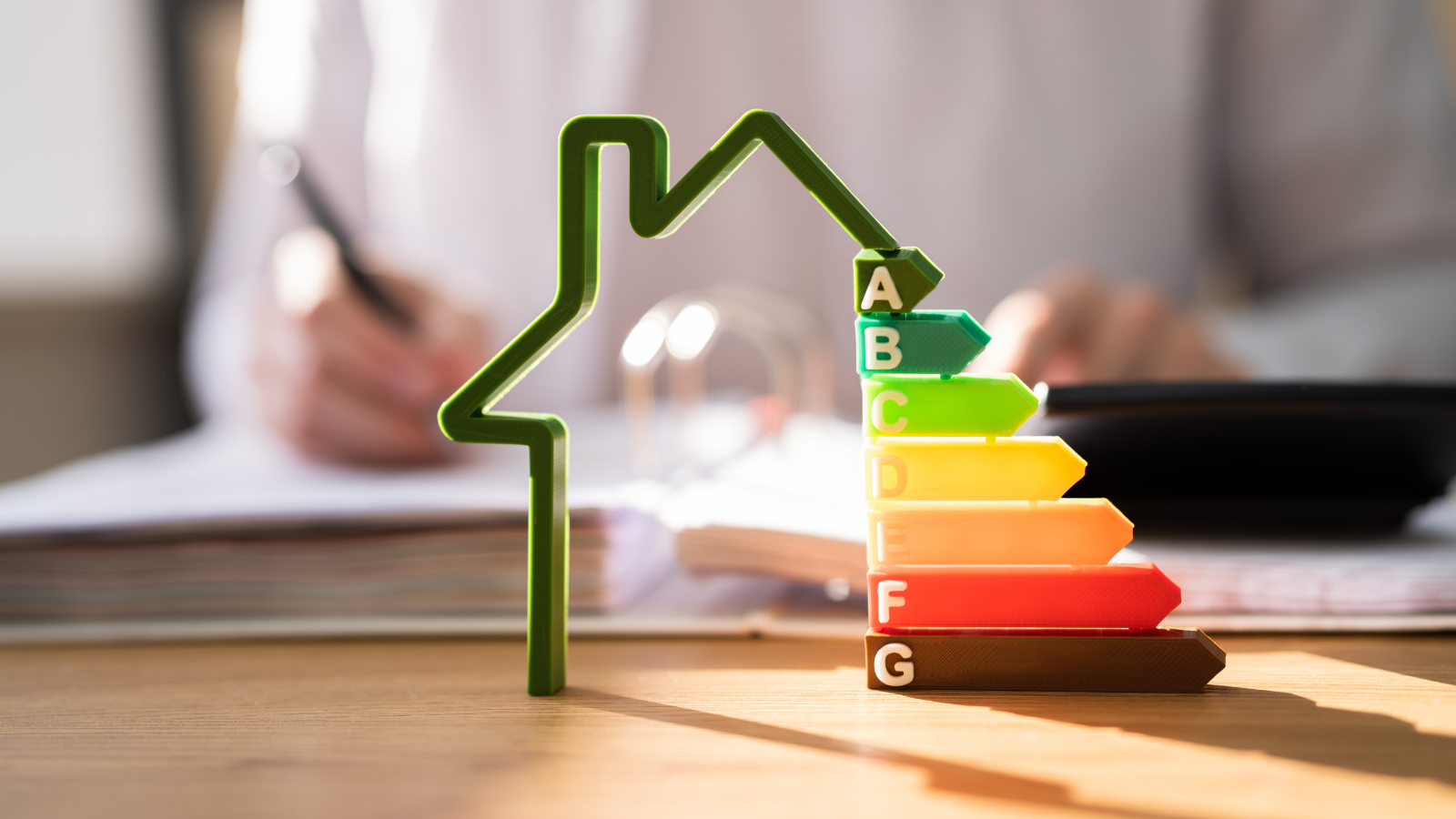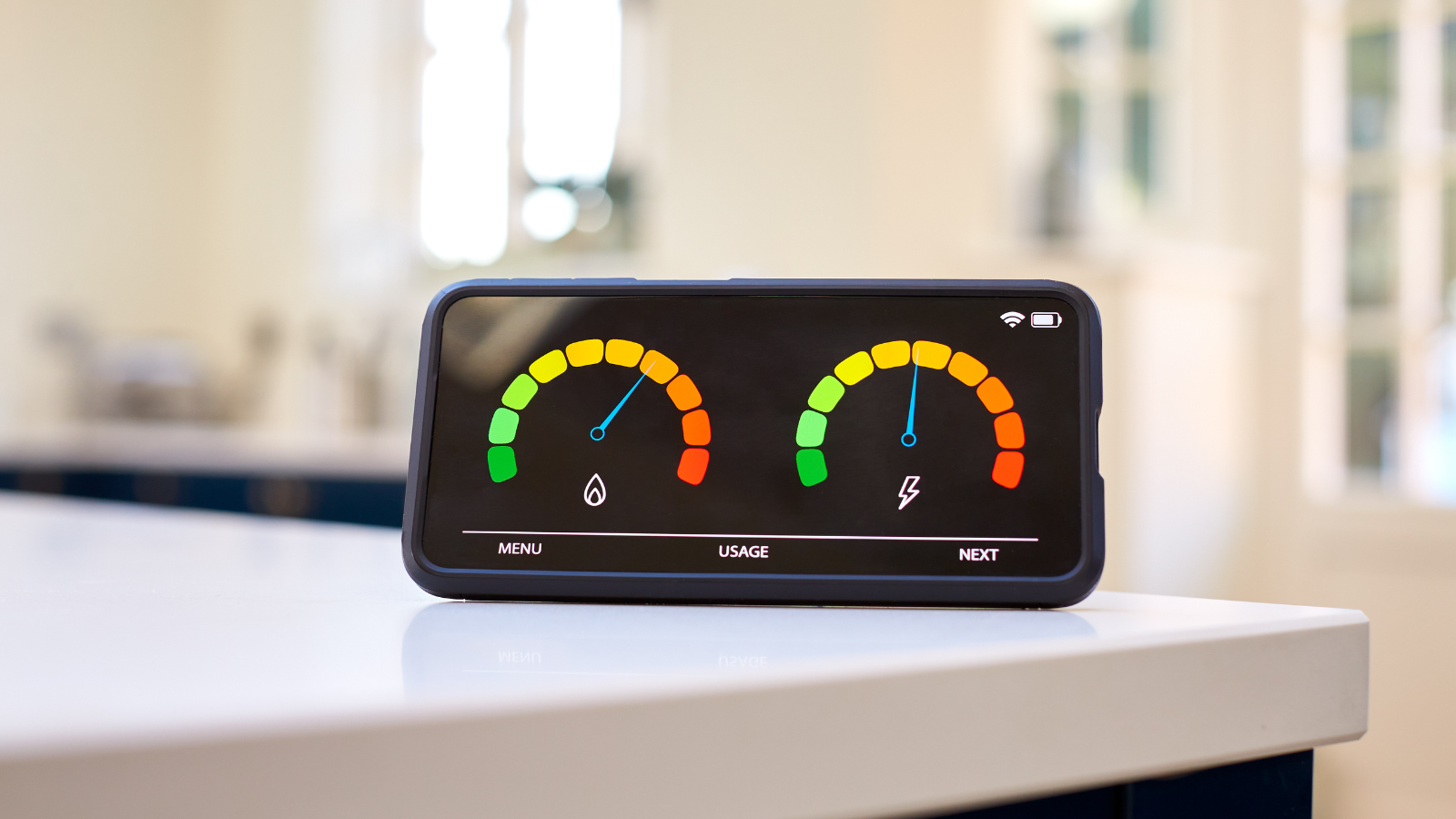What is energy efficiency?
Energy efficiency is one of the easiest and most cost-effective ways to tackle the climate emergency. It refers to the use of less energy to perform the same task or produce the same result. By reducing the energy use, we reduce the amount of fossil fuels burned to generate energy.

What is low-carbon energy generation?
To reach net zero we’ll need to phase out oil and gas energy systems to reduce our dependency on fossil fuels, replacing them with renewable, low carbon technologies. Low-carbon technologies are systems that help to reduce carbon dioxide emissions from energy generation.

Why do non-domestic buildings need energy efficiency improvements and low-carbon technologies?
In an effort to reduce carbon emissions and contribute to the fight against climate change, we need to find sustainable, low-carbon ways to provide energy to our commercial buildings and improve their energy performance.
Energy efficiency upgrades such as installing roof or wall insulation or low-carbon technologies like heat pumps or solar PVs can help your organisation reduce energy usage and, therefore, carbon emissions. They can also help reduce energy bills, and attract new customers by demonstrating your innovative and responsible approach, ultimately helping your organisation maintain a competitive advantage locally and globally.

How can you benefit from energy efficiency improvements and low-carbon technologies in your building?
By making energy efficiency improvements and installing low-carbon technologies, you can:
• Have a more comfortable work environment.
• Reduce your utility bills.
• Increase profitability.
• Reduce exposure to future energy price rises.
• Reduce your organisation’s carbon footprint.
• Maintain or improve property value (if you are the building owner).

1. Understand your energy usage
You can start by reviewing your energy bills and meter readings to understand your building’s overall energy performance and identify any spikes in energy use. This can be compared with previous years to build a picture of seasonal energy use and annual energy costs.
You can also...
Ask your energy supplier to have a smart meter or an advanced meter installed.
How do they work?
Large businesses will have meters that measure the consumption every half hour and, in many cases, charge differently for use at different times or at different levels. Many small businesses do not have this as standard and will need to ask for a smart meter or an advanced meter to benefit from the insight that half-hourly readings can give.
Smart meters measure how much gas and electricity you’re using and can send those readings via a remote connection to your energy supplier. They come with a display screen to help you visualise your energy usage and support you to reduce your energy consumption.
What are the benefits?
Smart meters mean an end to inaccurate bills. As your energy supplier will have an accurate reading of your energy use, you will only ever have to pay for your precise usage rather than working with estimates.
- They also support you with reducing your energy consumption. When you can see and understand how you’re using energy, it helps you manage that, meaning lower bills and a lower carbon footprint too


Consider having sub-meters installed.
How do they work?
Sub-meters are separately installed meters that measure the individual consumption of a specific part of your building or an energy load i.e. lighting, lifts, plugs etc.
What are the benefits?
- Sub-meters give a more detailed picture of your energy consumption, allowing you to better understand where energy efficiency opportunities exist.
- They also support you in reducing your energy consumption, carbon emissions and energy costs.
- They can separate out your energy consumption from any other organisations if you are sharing a single supply for a building or estate.
2. Review your energy contract
Before signing an energy contract, contact your energy supplier to understand what tariffs they provide and compare what they offer with other providers. Consider using a specialist energy broker to negotiate a better long-term rate.
It is important to note that energy suppliers must only work with third party intermediaries, such as energy brokers, who are registered with a qualifying alternative dispute resolution (ADR) scheme. According to the independent regulator, Ofgem, there are currently two providers of an ADR scheme for microbusiness – the Ombudsman Services and the Utilities Intermediaries Association.
While businesses pay the standard VAT rate (20%) on their energy there are exceptions. For instance, charities pay 5% VAT on fuel and power if they are for residential accommodation, charitable non-business activities, and small-scale use (up to 1,000 kilowatt hours of electricity a month or a delivery of 2,300 litres of gas oil). Additionally, if less than 60% of the fuel and power is for something that qualifies, 5% VAT applies to the qualifying part and the standard rate on the rest.

3. Assess building performance
In England and Wales, privately rented non-domestic buildings must legally have an Energy Performance Certificate (EPC) rating of ‘E’ when:
• they are being sold;
• they are being let to new tenants;
• an existing tenancy is renewed;
• the heating, cooling or ventilation systems are retrofitted.

EPCs can help you understand the energy performance of your building, as well as identify areas for improvement. EPCs provide a rating from ‘A’ to ‘G’, with level A being the most efficient. Ratings are calculated based on construction materials, heating systems, insulation, and other factors. EPCs can only be done by certified commercial assessors and are valid for 10 years once issued. It costs around £150 to get an EPC for small buildings, with greater costs for larger and/ or complex buildings.
4. Understand the practical limitations
Retrofitting existing buildings to improve energy efficiency is crucial for mitigating climate change and reducing operational costs. While the potential benefits are significant, numerous practical limitations can hinder successful implementation. Read below to understand these limitations..
Building owner Vs renter.
If you are a renter, it is likely that you are unable to carry out larger energy efficiency improvements and low-carbon technology installations, without the full support and engagement of your landlord. However, many energy upgrades will increase the value of a property, so don’t be afraid to ask you landlord if they’re interested.


Listed and historical buildings
Retrofitting or installing low carbon technologies on listed buildings or buildings in conservation areas can be challenging and costly due to the specific skills and materials required, as well as additional permissions required, and sometimes will not be permitted at all. It is important to ensure that listed buildings are treated appropriately with the right retrofit measures or technologies selected based on the construction and use of the building, to ensure that the most cost and energy efficient approaches are implemented.
Some useful definitions...
Kilowatts (kW) are a unit of power. Power is the rate at which energy is generated or used.
Some technologies i.e. PV arrays are usually described in terms of their peak output in kilowatts or kWp. This is the amount of electricity they will produce continuously in optimum conditions.
Kilowatt Hours (kWh) are a unit of energy. Energy is a measure of how much power is used by something over a period of time.
Energy consumption expressed in terms of kWh doesn't often mean much unless you also know the length of the period that the kWh were measured over.
